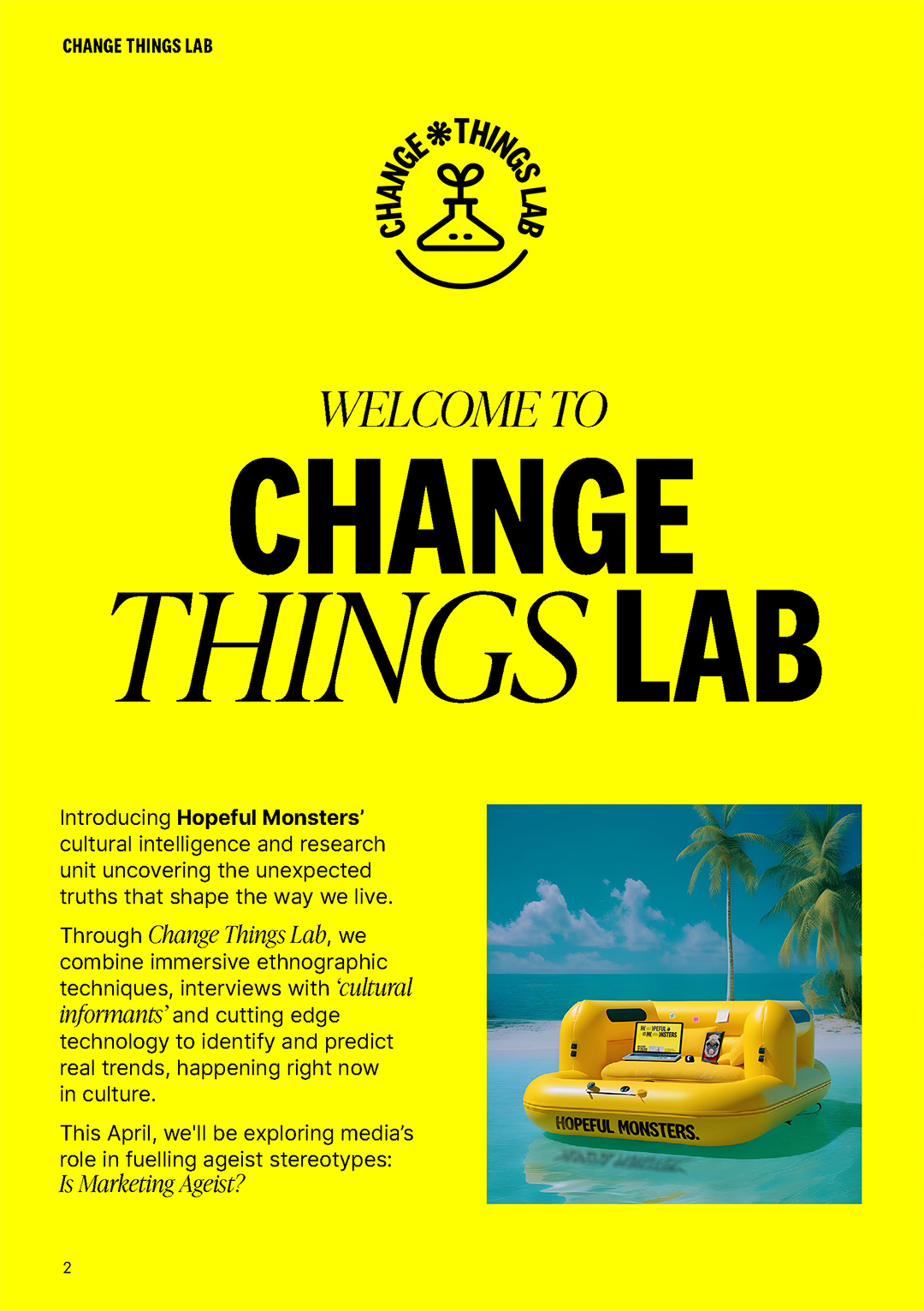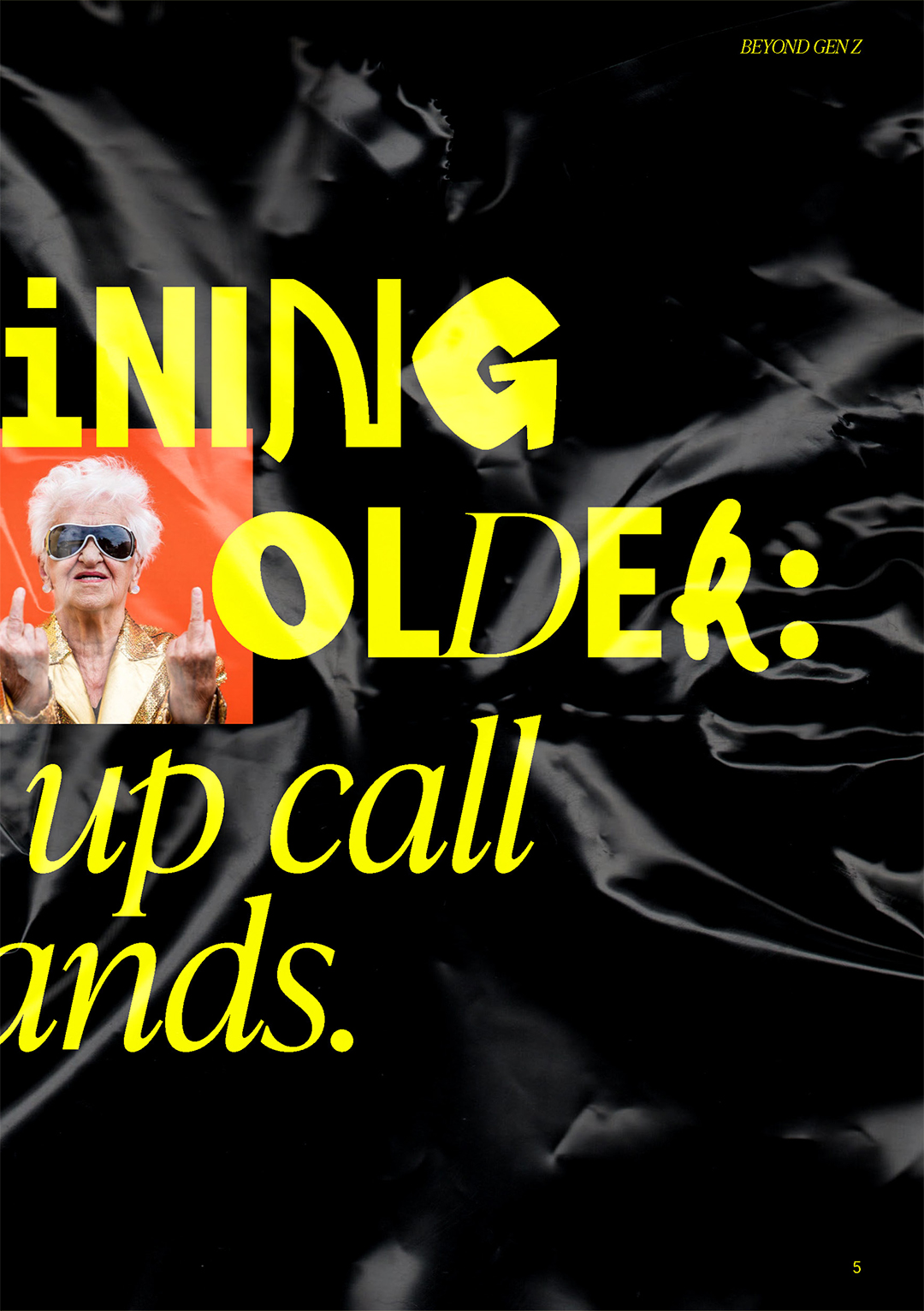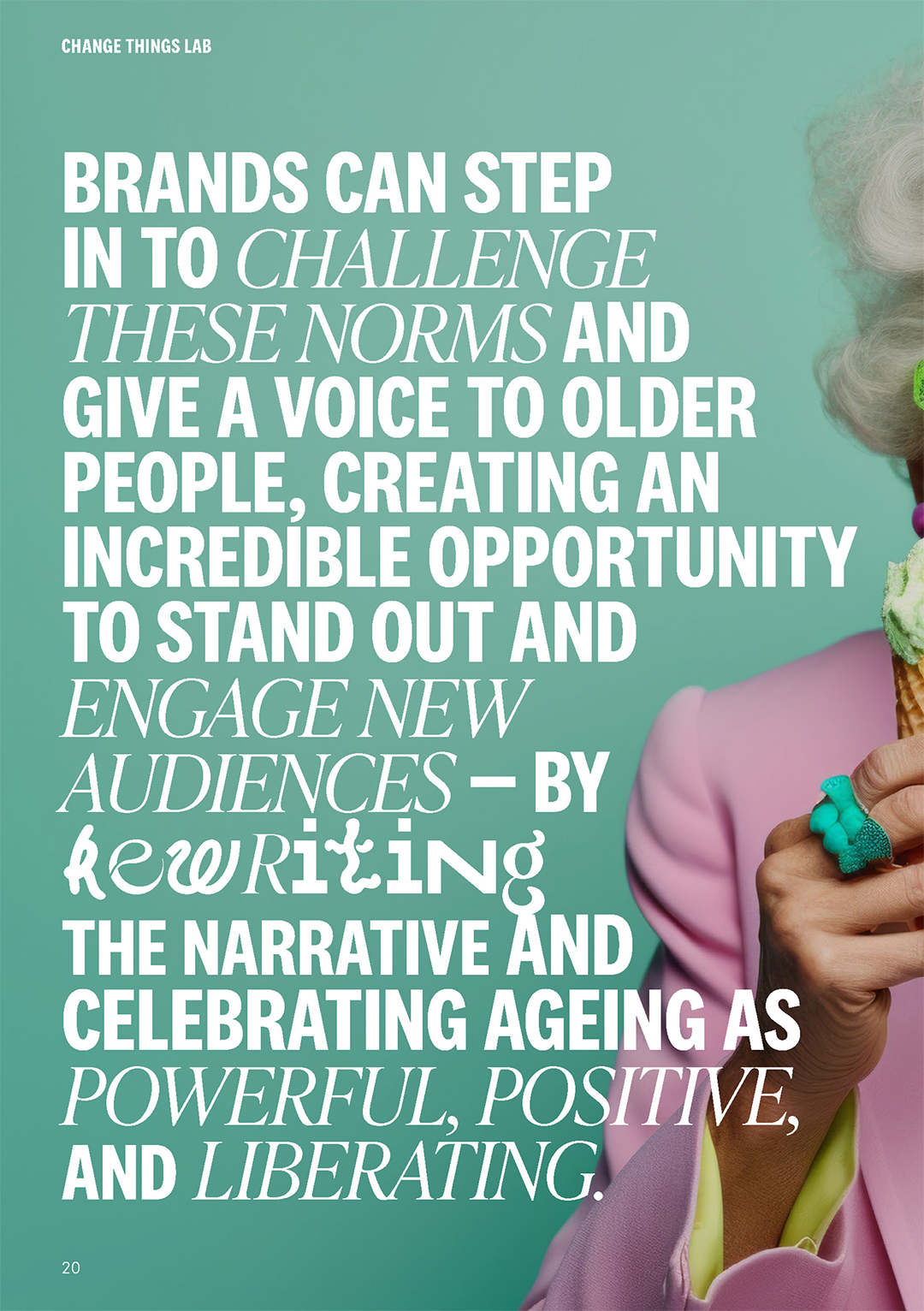July 30, 2025
Whether it’s a deep and complex global issue or your favourite Gold Coast influencer’s beef, social media has become a powerful system engineered to amplify the most extreme emotions in the name of engagement. It’s created a toxic minefield of negative comments, call-out posts, and drama-fuelled story times designed not to inform, but to provoke. Controversy sells, and truth has become collateral.
When success is measured by engagement, and algorithms are built to drive that engagement, it’s no wonder social media feels like a melting pot of polarised opinions crammed into short-form content. You only need to glance at the comments to find hate-fuelled language and endless arguments playing out in spaces never built for meaningful debate.
It’s no surprise that even legacy brands like Marc Jacobs, once known for their rich storytelling rooted in grunge, rave, and high fashion, have pivoted into glorified meme accounts. But in a climate where content dictates perception and social feeds shape youth opinion, how can brands communicate their truths? And more importantly, do they even need to?
The reality is, truth has become slippery. Not because it no longer exists, but because it’s now forced to compete with every other perspective being shouted online. And in that chaos, what cuts through isn’t always clarity, it’s relatability. So, brands, creators, and storytellers have begun pivoting on how they speak their truth, looking to relate their stories to a changing online culture.
But truth still matters, especially when you're building a brand that aims to last longer than a TikTok trend cycle.
To communicate truth in today’s digital landscape, brands must anchor their messaging in long-term values rather than virality. The best communication doesn’t chase what’s trending; it builds trust over time. That means knowing what your brand believes in and letting those beliefs speak louder than the algorithm.
In an age where every post feels like a PR landmine and negative comments are a staple, it’s worth also considering whether the comments are a true reflection of opinion, especially from those who are interested in your brand. As a marketer, it can feel like social media is the centre of the world right now, but there’s so much more opportunity living outside of a phone screen.
Over the past decade, we’ve seen such a shift to social-first campaigns, relying on clicks and views to define a campaign’s success, often without considering the causality of that data. It feels like the real world has been forgotten. IRL activations and events have shifted to creating social moments, but so often ignore what truly matters: being able to celebrate and connect with your brand's consumer community. Real conversations can be had, opinions properly assessed, and conversations become tangible, with no time limit or asset dimension to hold you back.
On the surface level, 300,000 views on a TikTok may feel much more powerful than 300 people through an activation. But on a deeper level, having a consumer in front of you without the distraction or swipe of the next brand can leave long-lasting memories and create real connections. Your communication becomes instantly accessible by looking at real faces rather than an AI-generated profile picture of someone who could be anywhere in the world.
So no, brands don’t have to communicate their truths. But the ones that do, clearly, bravely, and consistently are the ones that will matter. And yes, social media can be a powerful tool in telling your story, but it has to be thoughtful, long-term and as part of a wider approach, understanding that a comment or TikTok duet isn’t the thoughts of thousands, but likely the opinion of a select few who may never have been your market.
























